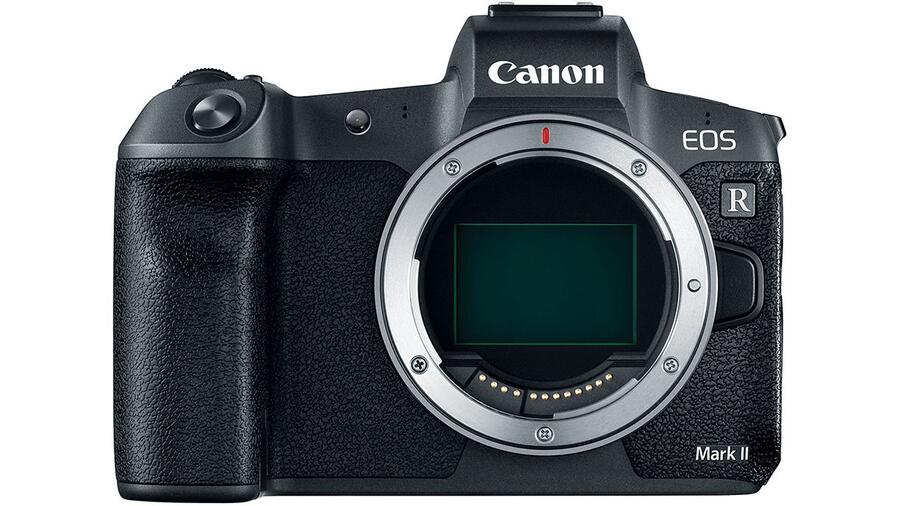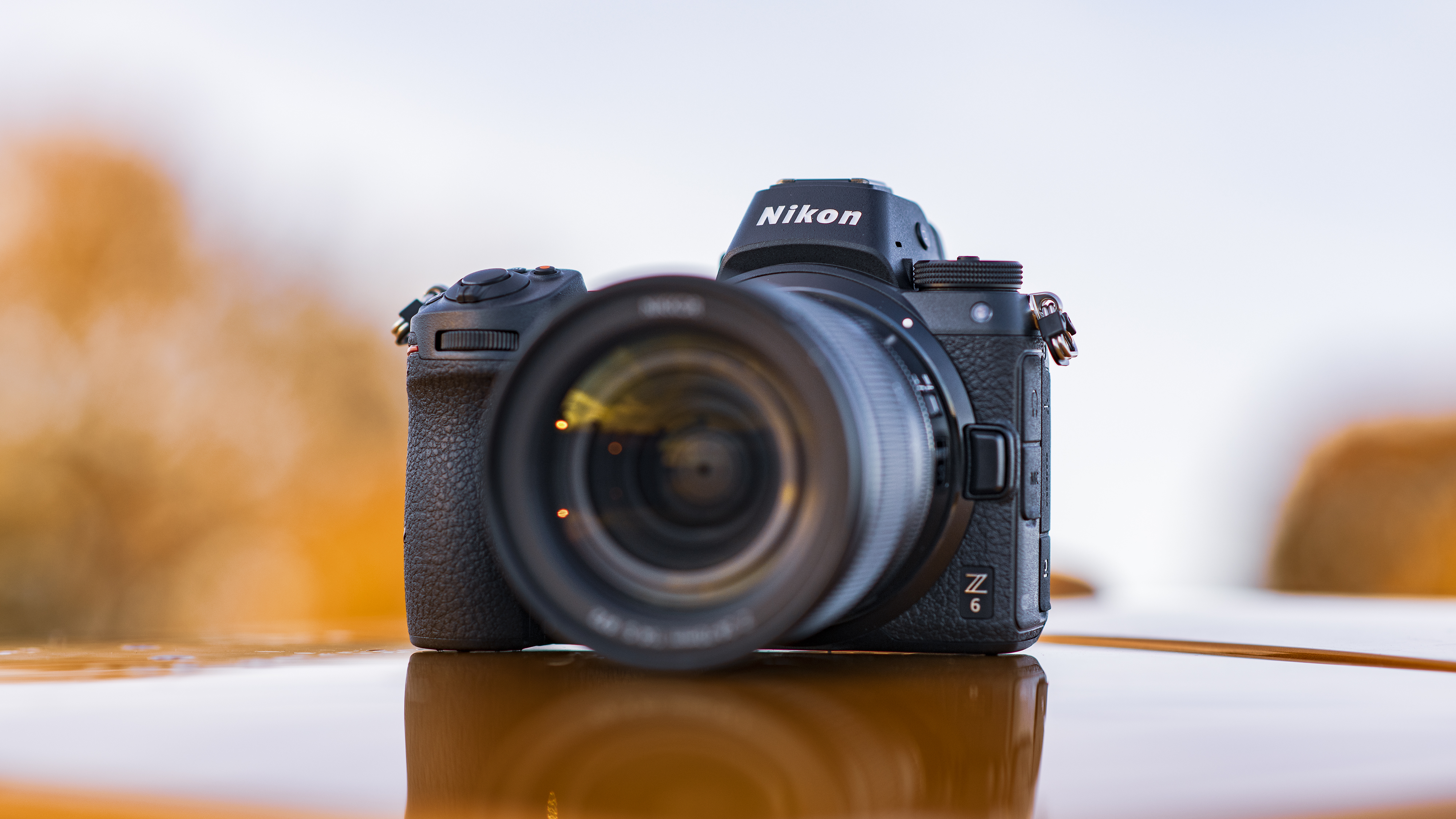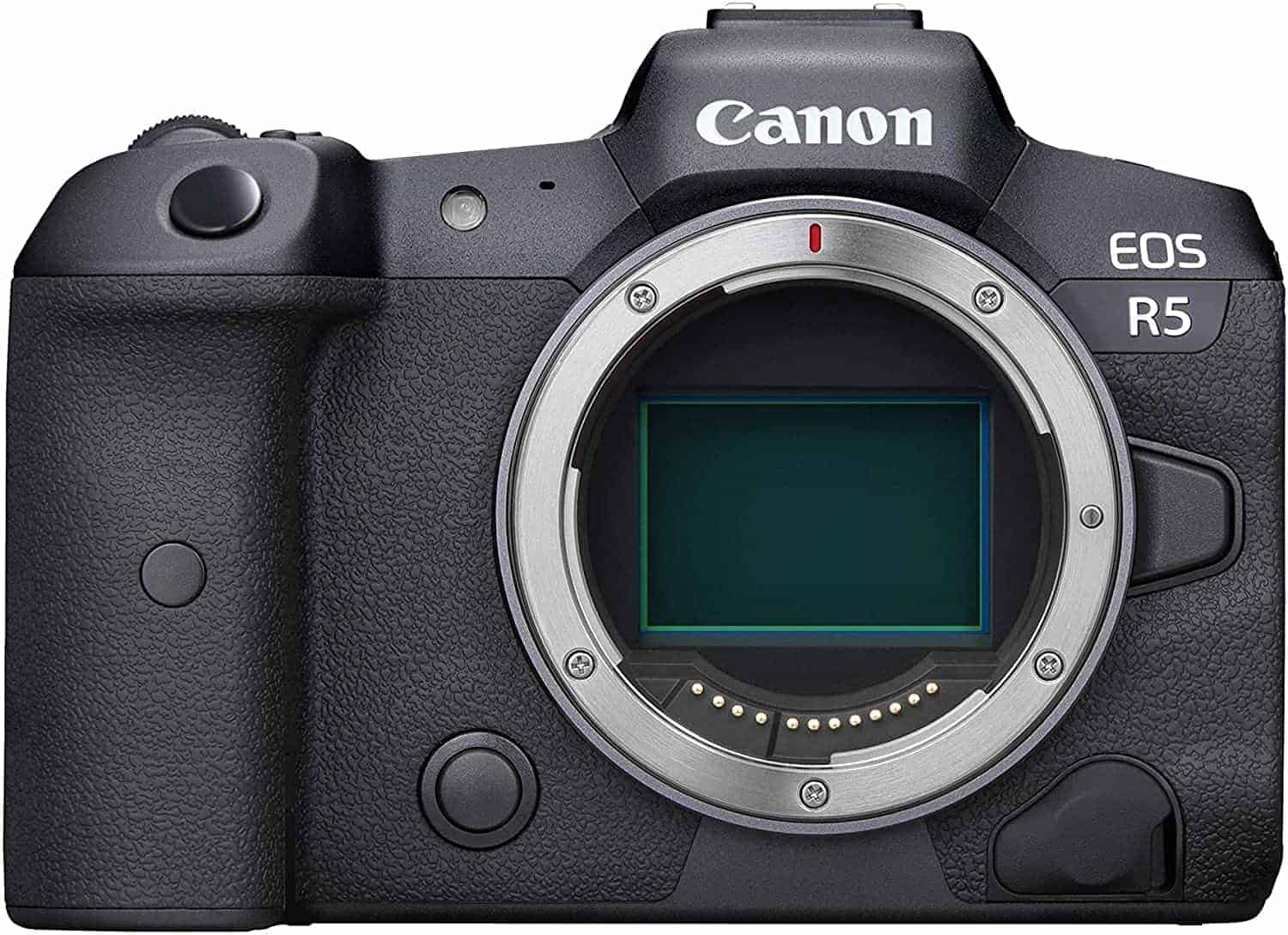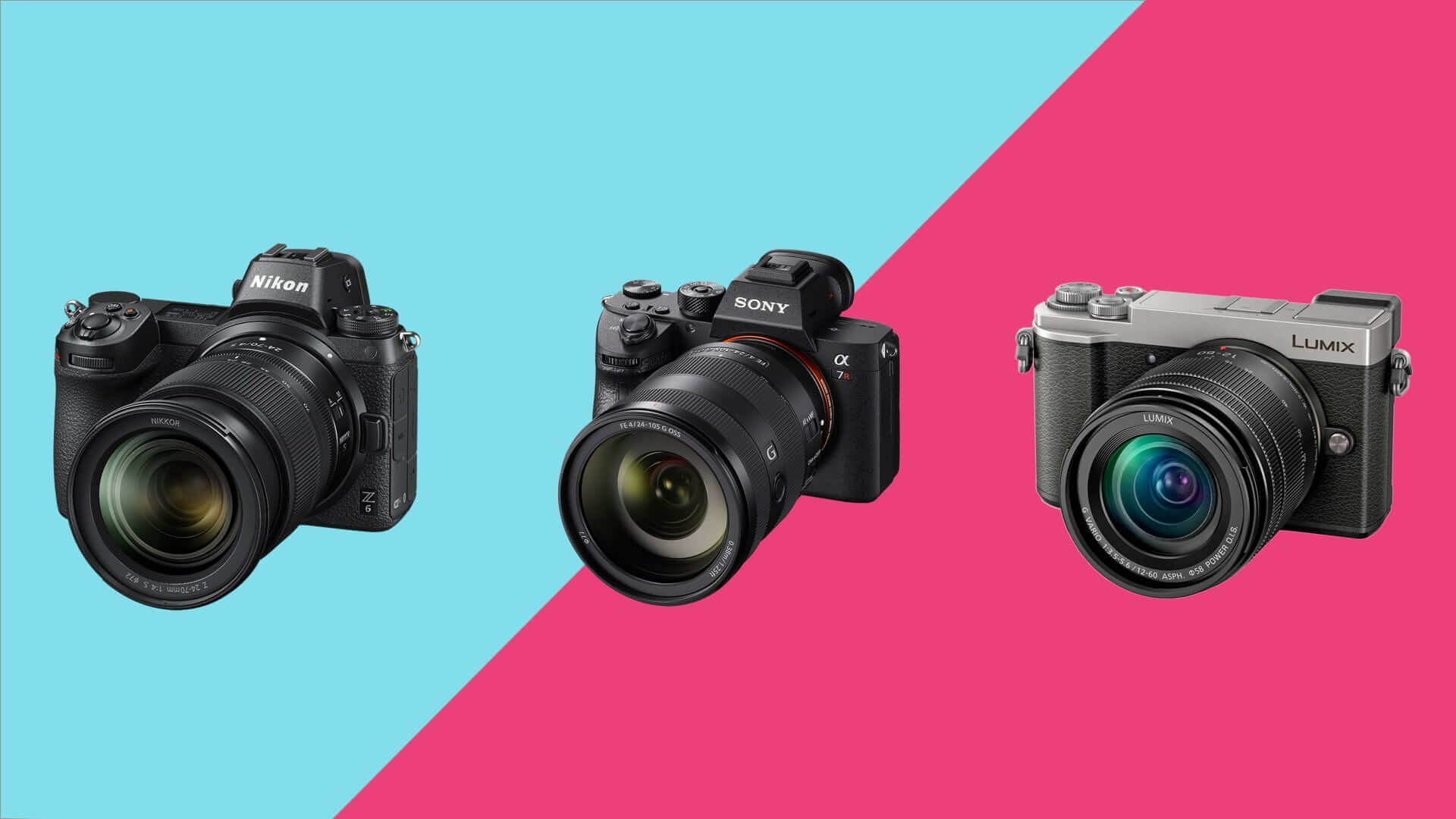
Beginners and professionals alike use it thanks to its adaotability. The APS-C sensor is popular in DSLR and mirrorless cameras alike. The APS-C or crop-sensor format is the most well-known and most versatile of the bunch. The APS-H is slightly larger than the APS-C sensor format that many Canon DSLR cameras use today but smaller than a traditional full-frame sensor. Canon released four more cameras (all members of the 1D line) with the same sensor type before discontinuing it. The groundbreaking EOS-1D was the first Canon camera to carry the APS-H sensor type was, and it launched in 2001. The Canon EOS R5, for example, is a full-frame mirrorless camera option, and the popular Nikon D850 DSLR has a FX full-frame sensor. The dimensions of a 35mm sensor are typically 36×24mm.
#Best frame mirrorless camera 2016 professional#
The 35mm full-frame sensor type is the gold standard among professional photographers who want the highest-quality images. They have the same dimensions as the 35mm film, hence the name.

35mm Full-Frameįull-frame sensors are available in both DSLR and mirrorless cameras. The newer Fujifilm GFX 100 is also a medium-format mirrorless camera and holds a whopping 102MP resolution. But that changed, as brands like Hasselblad have come out with smaller mirrorless medium-format cameras like the X1D II to provide photographers with a lighter, more compact option.

There are a variety of sensor sizes for medium-format cameras, and typical sizes range from around 43.8×32.9mm to 53.7×40.2mm.ĭue to their large image sensors, medium-format cameras are traditionally heavier and bulkier than their full-frame counterparts. Medium format has its own group of sensors, with its own equivalents to the four thirds, APS-C, and full-frame formats. However, it doesn’t come in just one size. Medium format is the largest sensor type in digital cameras for photographic applications. Here is a diagram to help you visualize the size difference between the most common camera sensor types: Image Source: Wikipedia Digital Camera Sensor Types Medium Format Dimensions may vary slightly from the figures listed above. Keep in mind that camera sensor formats are not standardized across the different brands or models. So how does each sensor type differ from the rest? Let’s compare. These cameras have the largest sensors out of all the available digital cameras for photography, which means they can get pretty expensive. There’s also the medium-format cameras-the lesser known of the group. Lastly, there are the 1-inch sensor cameras, which are better known as point-and-shoot or compact digital cameras. However, some prefer to use mirrorless cameras or MILCs, which are the smaller, lighter versions of DSLRs. For enthusiasts and beginners, the usual choice is the APS-C format or crop-sensor DSLR camera. We’ve all heard of the full-frame DSLR camera, of course, which is the gear of choice of seasoned professional photographers. And while it’s good to have choices, it can also get pretty confusing, especially to a beginner. Many digital cameras are commercially available on the market right now, and they all have a wide range of sensor sizes. Image via Shutterstock Digital Camera Sensor Size Comparison It is the main feature of your camera that will have the most powerful impact on your images. Sensor size is the first and most important thing you need to consider. Bigger image sensors have bigger pixels, which means better low-light performance, reduced noise, good dynamic range, and the ability to obtain more information.Īs a photographer, it’s important to know the difference between camera sensor sizes, particularly if you’re planning on buying a new camera. Why is sensor size important?Ī camera’s sensor dictates the quality of the images it can produce-the larger the sensor, the higher the image quality. All this information is then converted to the final image you see on your screen. For each bucket, the amount of the other colors is approximated. In essence, each bucket can only collect 1/3 of the total light trying to enter it.

The collected photons are then converted to electrical signal, and the strength of that signal is determined by how many total photons were collected.Īs an additional layer of complexity, each bucket has a filter on it that only lets in red, green, or blue light. When the exposure stops, the lid is placed back on the buckets (photosites). When an exposure is initiated (press of the shutter button), the lid is uncovered to collect photons of light. Think of each photosite as a bucket covered by a lid.

How does a camera sensor work?Įssentially, a sensor is made up of tiny individual photosites. If you want to get the highest-quality images with your camera, you’ll need something with extremely powerful specifications and a physically large image sensor. An entry-level DSLR won’t give you the same results from a professional, full-frame DSLR-even if they have exactly the same pixel count.


 0 kommentar(er)
0 kommentar(er)
